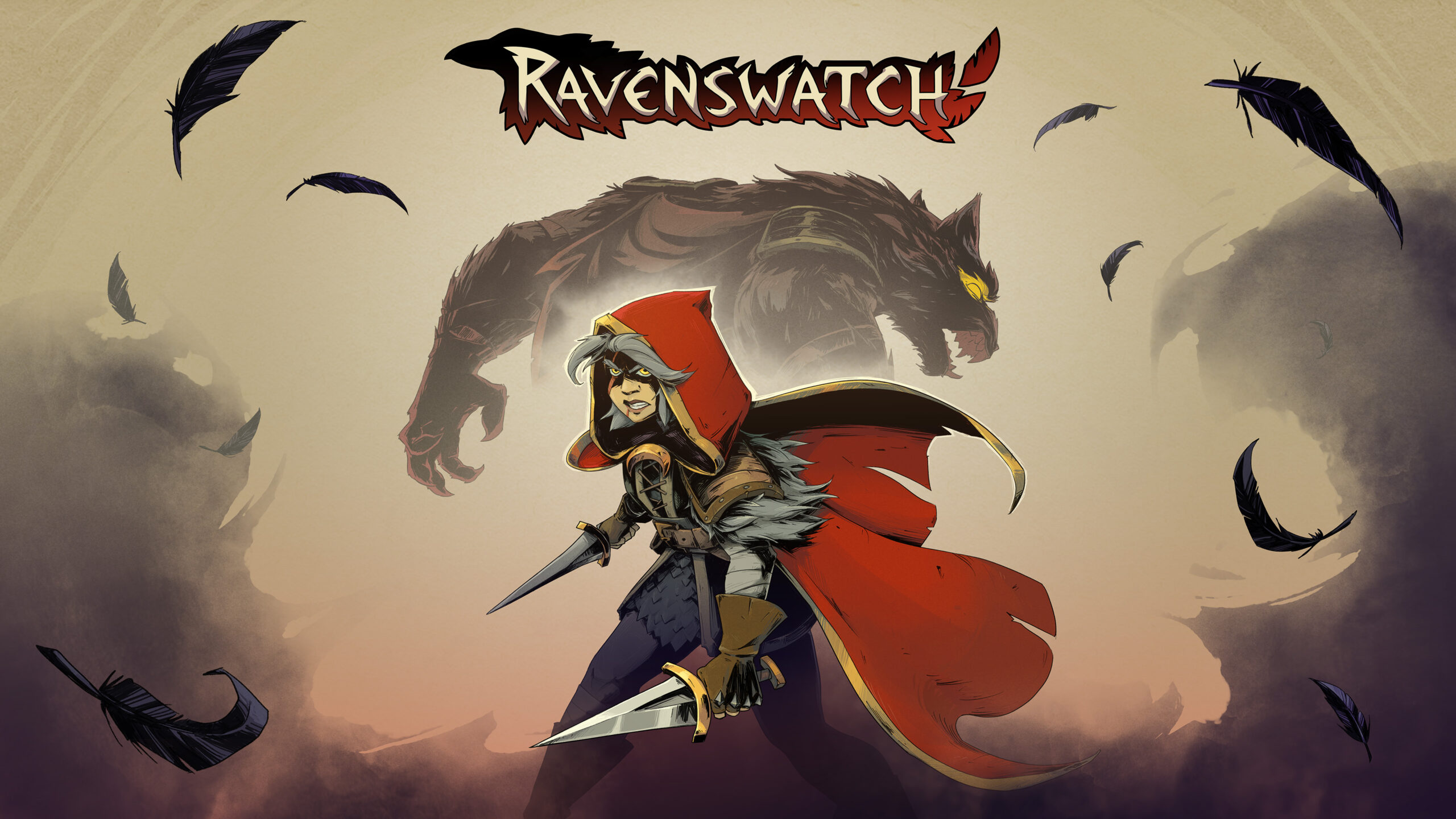
Oasis.
Is AI Generative Gaming the Future?
Oasis: The Game Built by AI That’s Only Just Getting Started
Imagine a game where the world unfolds in real-time before you – where every tree, rock, and mountain is conjured by an artificial intelligence doing all the hard work behind the scenes. Oasis, the latest ambitious experiment by developers at Decart and Etched, is exactly that: a playable, AI-generated world that looks like a Minecraft fever dream with a futuristic twist.
Think of Oasis as a digital sandbox where AI plays both architect and groundskeeper, responding to every player action. While it’s not exactly a blockbuster, it’s a game-changer in a much bigger way – a game world made entirely by algorithms instead of a traditional game engine, offering us a glimpse into gaming’s AI-powered future.
A Minecraft-y World with an AI Brain
Jumping into Oasis, you’ll find a world that feels vaguely familiar to fans of Minecraft. Blocky trees, pixelated landscapes, and a rugged, low-res aesthetic might not scream “next-gen,” but don’t let the simple graphics fool you. Underneath, an AI is busy at work creating everything you see in real-time.
What makes Oasis special is that it doesn’t rely on a vast library of pre-made assets or traditional development tools. Instead, it’s all generated on the fly. Imagine the excitement of wandering a world that’s never quite the same twice – an AI dreamscape where the code is constantly weaving the landscape as you explore. Right now, though, that landscape might be more like a rough sketch than a masterpiece, with performance sitting at a steady (if modest) 20 frames per second.
Still, this is no small feat. In an industry where creating high-quality, detailed worlds can take years of development, Oasis is the equivalent of a speed-run – if the speed-runner were an AI that never sleeps.
Performance: More “Proof of Concept” Than Powerhouse
Let’s be clear: Oasis isn’t here to outshine AAA titles, at least not yet. The game runs on basic visuals and has a few performance hiccups, keeping things simple to show off what AI can do without breaking a sweat (or your phone). The frames might dip, and the landscapes might lack polish, but it’s hard to hold that against Oasis when it’s a first of its kind. In the same way we wouldn’t critique a budding artist for not being Picasso, we have to remember Oasis is an experiment – the gaming equivalent of a newborn AI taking its first steps.
The developers hope that new hardware, like the Transformer ASIC chip, will eventually improve performance, allowing this AI-powered world to flourish with better resolution and faster speeds. Right now, though, Oasis is best suited for those who appreciate the journey over the destination – especially if they can tolerate the occasional low frame rate.
So… How Playable is Oasis?
If you’re looking for an epic adventure with intricate quests and highly tuned mechanics, Oasis might not be your best weekend download. But if you’re intrigued by the concept of an AI learning as it creates, then Oasis offers a fascinating sandbox to poke around in. You can manipulate objects, wander through generated landscapes, and get a taste of what’s possible when a machine is calling the shots.
It’s akin to wandering through a prototype – or perhaps more accurately, a tech demo with real potential. But even in its current state, Oasis has something magical about it. Imagine the allure of Minecraft when it first launched: rough, experimental, and incredibly addictive because it felt like it was just scratching the surface. Oasis carries that same spirit, just with a lot more code and a lot less pixel art.
What Could Oasis Mean for the Future of Games?
Now, here’s where things get interesting. The potential impact of Oasis goes far beyond being another indie sandbox game. This experiment suggests a future where game worlds might not need dedicated design teams or years of development. Instead, developers could set parameters and let AI handle the heavy lifting. Imagine a world where the next big open-world RPG generates its entire landscape in response to players’ choices, or a multiplayer arena that changes every time you log in.
The implications for game studios could be huge. If AI can generate environments, then the creative focus can shift to crafting engaging stories, immersive characters, and dynamic quests. This could make high-quality, complex games more accessible for smaller studios and independent developers, fostering an explosion of creativity across the industry.
Even for players, this technology could open the door to genuinely unique experiences. Imagine playing a game where every choice changes not just the plot but the world itself, dynamically crafted by an AI that tailors the story around you. Oasis could be a stepping stone to a future where games aren’t just played – they’re personalized in real time.
The Path Forward: Growing Pains and Potential
Oasis may be rough around the edges, but it’s undeniably fascinating – an AI-powered experiment that hints at an exciting, and perhaps inevitable, evolution in gaming. For now, it’s a tech demo with a lot of heart and a big imagination. However, if future developments can refine this AI and smooth out the technical hurdles, Oasis might just be remembered as the spark that lit the AI-gaming revolution.
So, if you’re looking for a polished gaming experience, Oasis might not be there yet. But if you’re a curious player, a tech enthusiast, or someone who loves to explore the next big thing before it hits the mainstream, then this could be a glimpse into gaming’s wild AI-fueled future.
In the meantime, we can all watch, wait, and wonder just how far this technology might take us – and whether one day, Oasis might evolve from its humble beginnings into a world as limitless as the AI behind it.











.png?width=1200&height=1200&fit=bounds&quality=70&format=jpg&auto=webp)

